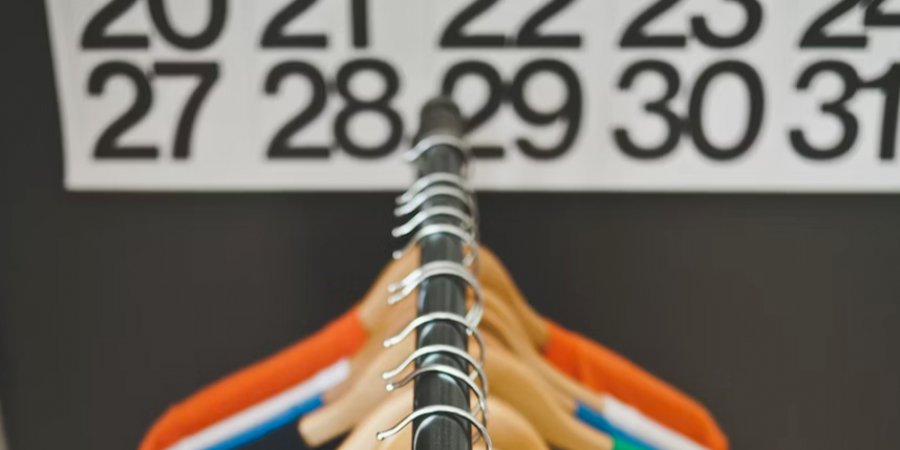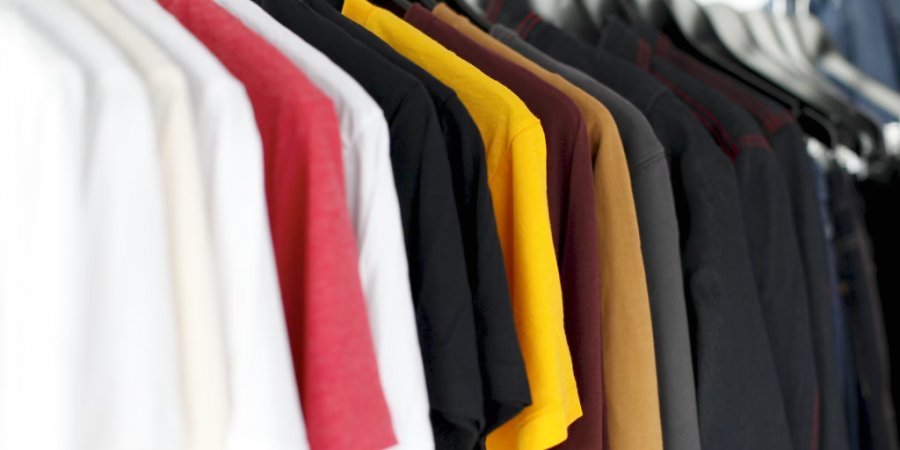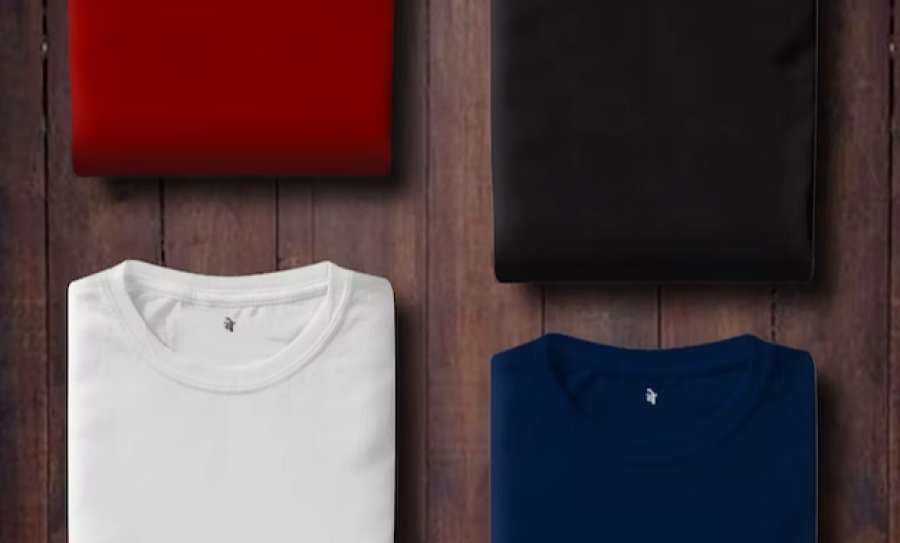How to Convert Chinese Clothing Sizes to US Sizes

Welcome to the world of fashion, where the size of your clothes can change as quickly as you cross a border. If you've ever shopped for clothes online from international brands, you've likely encountered the challenge of size conversion. Today, we're going to delve into the intricacies of converting Chinese clothing sizes to US sizes. It's a topic that might seem simple on the surface, but as we'll see, it's a labyrinth of numbers, measurements, and cultural nuances.
Understanding Chinese Clothing Sizes
Chinese clothing sizes can be a bit of a puzzle for those accustomed to the sizing used in the United States. The first thing to note is that Chinese sizes typically run smaller than their US counterparts. This difference is not just a matter of numbers, but also a reflection of the different body type assumptions that underpin each country's clothing industry.
In China, clothing sizes are usually given in a different numbering system, and measurements are typically provided in centimeters. However, it's not as simple as converting centimeters to inches. The sizes can vary significantly between different manufacturers and brands, adding another layer of complexity to the equation.
The US Clothing Size System
On the other side of the Pacific, the US clothing size system presents its own set of challenges. US sizes are typically larger than Chinese sizes. Like in China, the US uses a different numbering system, and measurements are usually given in inches.
However, the US system is not without its quirks. The sizes can vary significantly between different manufacturers and brands. This variation, often referred to as "vanity sizing," can make it difficult to find a consistent size across different brands.
Conversion Between Chinese and US Sizes

Now that we've explored the individual sizing systems of China and the US, let's dive into the heart of the matter: converting between the two. This process can be challenging due to the differences in sizing standards and measurements. However, there are general guidelines that can help.
Women's Clothing
For women's clothing, a Chinese size S (Small) is often equivalent to a US size XS (Extra Small). A Chinese size M (Medium) is usually similar to a US size S (Small). A Chinese size L (Large) is often equivalent to a US size M (Medium), and so on.
Men's Clothing
When it comes to men's clothing, a Chinese size L (Large) is often equivalent to a US size S (Small). A Chinese size XL (Extra Large) is usually similar to a US size M (Medium). A Chinese size XXL (Extra Extra Large) is often equivalent to a US size L (Large), and so on.
Children's Clothing
For children's clothing, the conversion can be more complex due to the rapid growth and development of children. It's often recommended to refer to specific brand size charts or use age as a reference.
However, these are just general guidelines. The actual fit may vary depending on the brand and style of clothing. It's always recommended to check the specific size chart provided by the manufacturer or retailer.
Online Tools and Resources
In the digital age, we have a wealth of online tools and resources at our disposal to help with the conversion between Chinese and US clothing sizes. These include size conversion charts, online calculators, and mobile apps. Some online retailers also provide their own size conversion charts, which can be particularly helpful when shopping for clothes online.
Tips and Recommendations
When shopping for clothes in a different sizing system, it's important to take accurate body measurements and refer to the specific size chart provided by the manufacturer or retailer. It's also recommended to try on clothes whenever possible, as the fit can vary significantly between different brands and styles.
The Challenges of Size Conversion
Size conversion is not without its challenges. One of the main issues is the lack of a universal sizing standard. This means that a size 'Medium' in one brand could fit like a 'Large' in another. This inconsistency is not limited to international brands but is also prevalent within the same country.
Another challenge is the phenomenon of 'vanity sizing'. This is when retailers label clothes with sizes smaller than the actual cut of the clothes to appeal to customers' vanity. For example, a size 10 might be labeled as a size 8. This practice further complicates size conversion as the labeled size might not reflect the actual measurements of the garment.
The Impact of Vanity Sizing and Size Inflation
Vanity sizing and size inflation can have a significant impact on consumers. It can lead to confusion and frustration, as customers may struggle to find clothes that fit properly. It can also affect consumers' self-esteem, as they may feel pressured to fit into a certain size.
Moreover, vanity sizing can make it more difficult to shop for clothes online, as customers cannot try on clothes before buying. This can lead to a higher rate of returns, which is not only inconvenient for customers but also costly for retailers.
Tips for Shopping Chinese Brands

When shopping for Chinese brands, there are a few tips that can help you choose the right size. First, always check the size chart provided by the retailer. These charts will give you the measurements for each size, which you can compare with your own measurements.
Second, consider the style of the clothing. Some styles, such as loose or oversized clothes, may fit differently than more fitted styles. Also, keep in mind that some fabrics may shrink after washing, so it might be a good idea to size up for clothes made of cotton or other shrinkable materials.
Finally, when in doubt, it's usually a good idea to size up. It's easier to alter a garment that's too big than one that's too small.
The Future of Clothing Sizes
The world of clothing sizes is constantly evolving. Today, there is a growing trend towards more inclusive sizing, with more brands offering extended size ranges to cater to a wider variety of body types. There is also a move towards more standardized sizing, with some brands using body scanning technology to create more accurate size charts.
In the future, we may see a move towards universal sizing standards, which would make size conversion a thing of the past. Until then, understanding how to convert between different sizing systems will continue to be a valuable skill for any fashion-savvy shopper.
Conclusion
Understanding clothing sizes may seem like a daunting task, especially when dealing with international sizes. However, with a bit of knowledge and the right tools, it's a challenge that can be overcome. Whether you're shopping for clothes online from a Chinese brand or planning a shopping spree in Beijing, knowing how to convert Chinese sizes to US sizes can help ensure you find the perfect fit. After all, fashion is all about expressing yourself, and that's easiest to do when your clothes fit just right.
More to Read:
Previous Posts:

